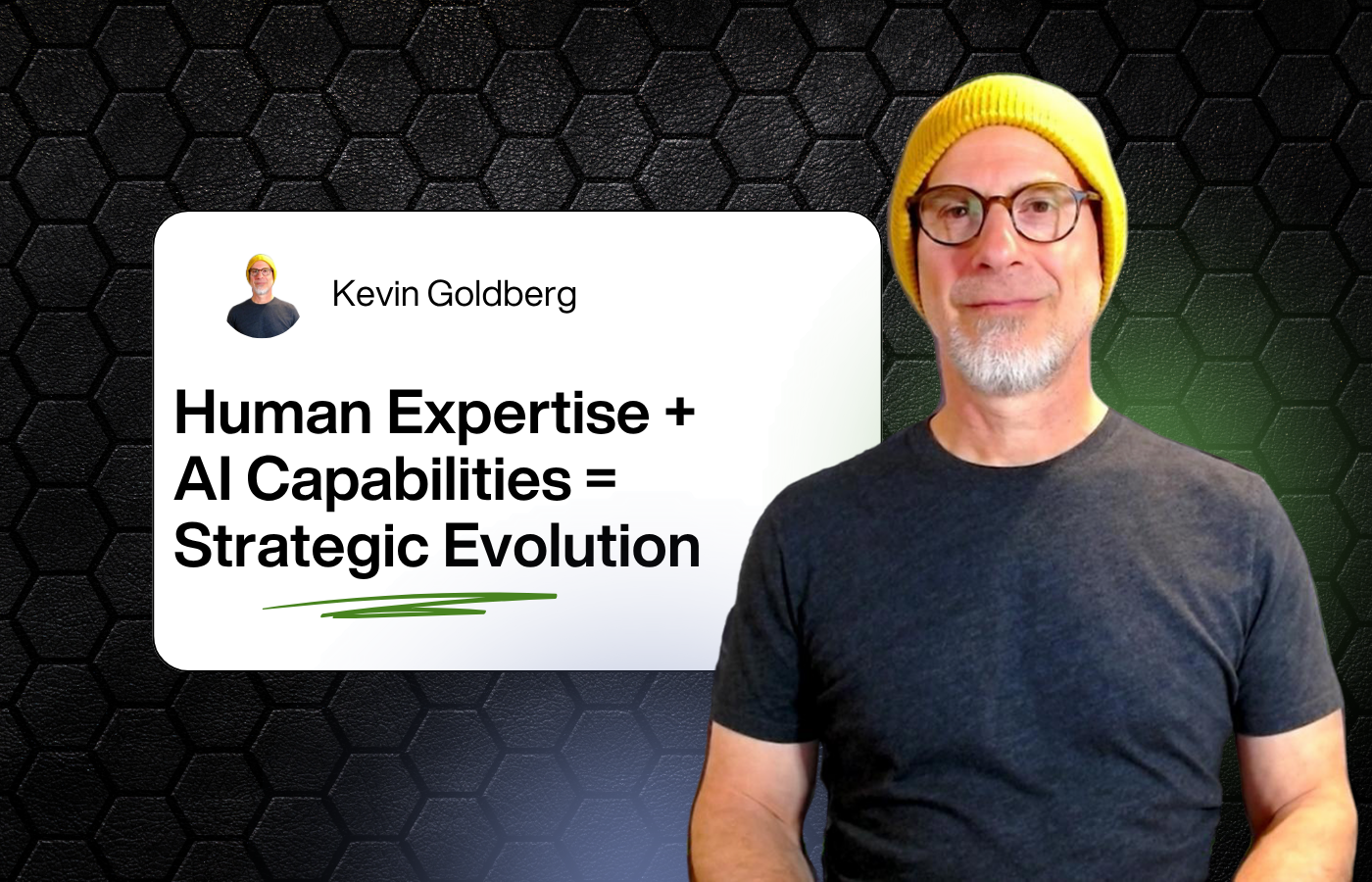Why You Need To Write An RFP
How do you get started with a Web development project? You need to sit down and start by looking within. Have internal conversations with your team to discuss not just what you want, but what you need. Expand these conversations to include different departments and stakeholders throughout the organization. Then, really start to hone in on specific features and functionality. Are you looking for a donations module? Are you looking for an event calendar? Do you need a CMS? Get it all down on paper.
The result of these initial discussions will be a detailed list of your wishes, wants and needs. What you want to do next is put together an RFP (Request for Proposal). It does not have to be a 500-page document, but it should be more than just five or six bullet points so that everybody who gets it will be able to answer all of your questions and put together an intelligent response.
By putting together this document you take control of the process. An RFP allows you to compare apples to apples. If you do not have a formal RFP and you are not clear on your objectives, then the result will be proposals with budgets ranging from $5,000 to $200,000 because the vendors do not know exactly what you want.
An RFP does not need to be an exhaustive list of every piece of functionality you need on your Web site. In fact, it shouldn’t be. If you do that, you will get 50-page proposals. And, if you send it to four vendors, you are looking at 200 pages of bedtime reading. Keep it short, and make sure you ask your vendors to do the same.
Writing an RFP is a great exercise for you and your vendor. It gets the process started on the right foot. Over the past 12 years, we have seen all kinds of RFPs. From twenty page documents to single page bullet lists. Each RFP has enabled us as a vendor to get a glimpse into what our clients are thinking, how we can pitch our services and put a cost estimate together.
What a vendor wants to see in an RFP is as follows:
1. Company Overview and Background:
--A breakdown of the internal team and stakeholders.
2. Background on the project:
--If it is a re-design, why you want to re-design.
3. Breakdown of current features:
--List current technologies: CMS, eCommerce, Donations, CRM
4. Breakdown of Wish List:
--New CMS, CRM, design, etc.
5. Schedule:
--When you want your site to launch, with any milestones in between.
6. Budget:
--What you expect to spend. Realistically. This is vital to the quality of the proposal you will receive in return.
7. Examples of relevant work:
--Include any requests to see the work of your vendor that relates to your organization. For example, if you are an entertainment company, request that the vendor sends you samples of work done for this industry.
8. References:
--Gather the names and numbers of clients who the vendor has worked with/currently works with.
9. Team Breakdown:
--Get a quick rundown of the vendor’s key players.
"Did you say budgets?" I sure did! The more information you can give the vendor, the better they can meet your technology needs, coupled with your cost constraints. If you do not know your budget, then at least offer a number you are comfortable with. We often ask clients for the "number that makes them run for the hills!"
At the end of the day, taking the time to write an RFP is an investment with high-yielding returns. With no solid direction, random emails and phone calls to a group of vendors will result in varying proposals because there is no clear vision. A clear and detailed RFP will both save you time and get you ready for your next Web project!
How do you get started with a Web development project? You need to sit down and start by looking within. Have internal conversations with your team to discuss not just what you want, but what you need. Expand these conversations to include different departments and stakeholders throughout the organization. Then, really start to hone in on specific features and functionality. Are you looking for a donations module? Are you looking for an event calendar? Do you need a CMS? Get it all down on paper.
The result of these initial discussions will be a detailed list of your wishes, wants and needs. What you want to do next is put together an RFP (Request for Proposal). It does not have to be a 500-page document, but it should be more than just five or six bullet points so that everybody who gets it will be able to answer all of your questions and put together an intelligent response.
By putting together this document you take control of the process. An RFP allows you to compare apples to apples. If you do not have a formal RFP and you are not clear on your objectives, then the result will be proposals with budgets ranging from $5,000 to $200,000 because the vendors do not know exactly what you want.
An RFP does not need to be an exhaustive list of every piece of functionality you need on your Web site. In fact, it shouldn’t be. If you do that, you will get 50-page proposals. And, if you send it to four vendors, you are looking at 200 pages of bedtime reading. Keep it short, and make sure you ask your vendors to do the same.
Writing an RFP is a great exercise for you and your vendor. It gets the process started on the right foot. Over the past 12 years, we have seen all kinds of RFPs. From twenty page documents to single page bullet lists. Each RFP has enabled us as a vendor to get a glimpse into what our clients are thinking, how we can pitch our services and put a cost estimate together.
What a vendor wants to see in an RFP is as follows:
1. Company Overview and Background:
--A breakdown of the internal team and stakeholders.
2. Background on the project:
--If it is a re-design, why you want to re-design.
3. Breakdown of current features:
--List current technologies: CMS, eCommerce, Donations, CRM
4. Breakdown of Wish List:
--New CMS, CRM, design, etc.
5. Schedule:
--When you want your site to launch, with any milestones in between.
6. Budget:
--What you expect to spend. Realistically. This is vital to the quality of the proposal you will receive in return.
7. Examples of relevant work:
--Include any requests to see the work of your vendor that relates to your organization. For example, if you are an entertainment company, request that the vendor sends you samples of work done for this industry.
8. References:
--Gather the names and numbers of clients who the vendor has worked with/currently works with.
9. Team Breakdown:
--Get a quick rundown of the vendor’s key players.
"Did you say budgets?" I sure did! The more information you can give the vendor, the better they can meet your technology needs, coupled with your cost constraints. If you do not know your budget, then at least offer a number you are comfortable with. We often ask clients for the "number that makes them run for the hills!"
At the end of the day, taking the time to write an RFP is an investment with high-yielding returns. With no solid direction, random emails and phone calls to a group of vendors will result in varying proposals because there is no clear vision. A clear and detailed RFP will both save you time and get you ready for your next Web project!


